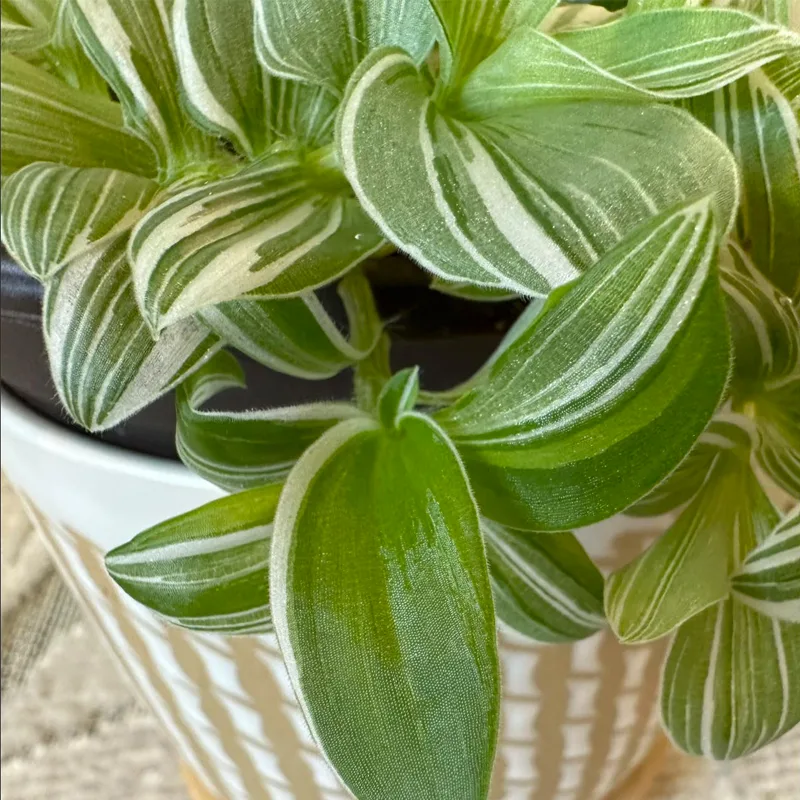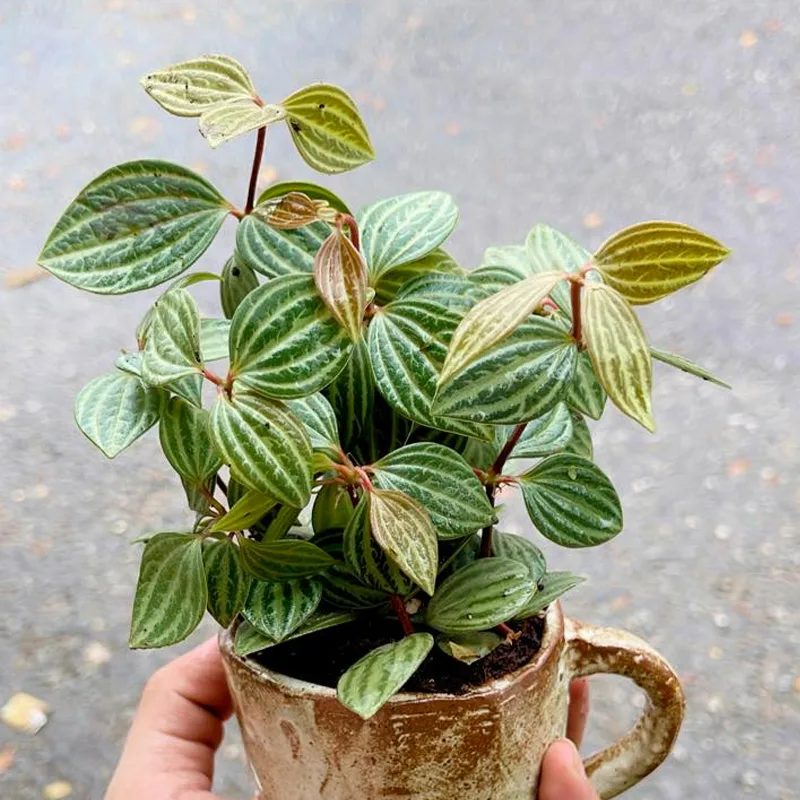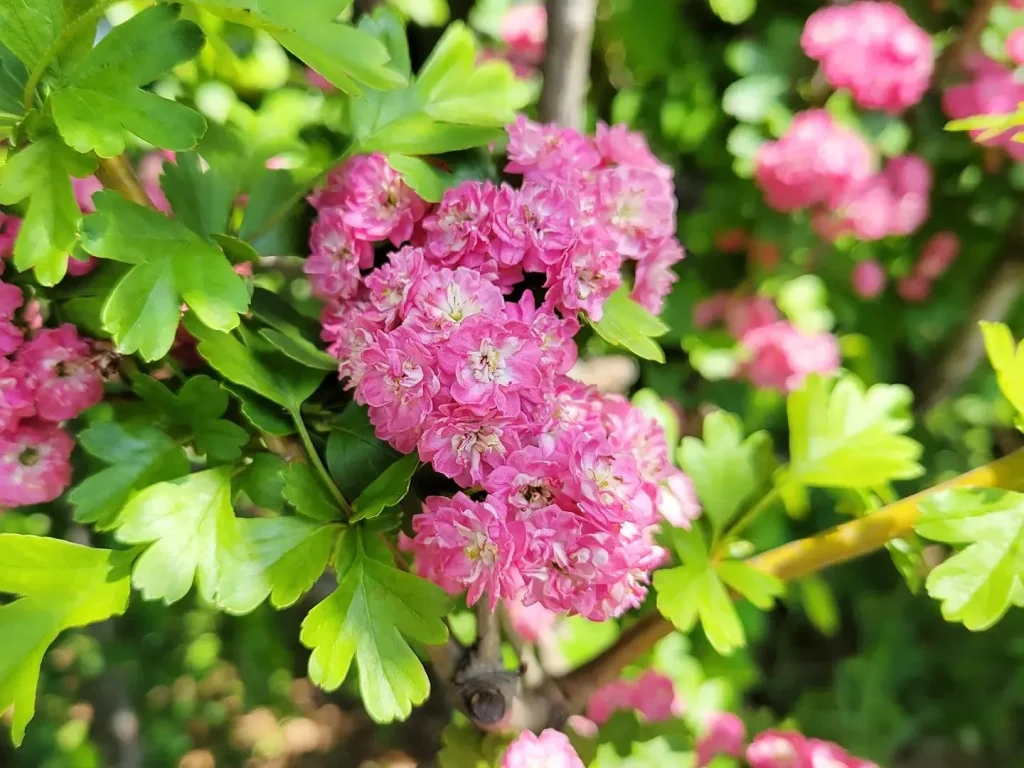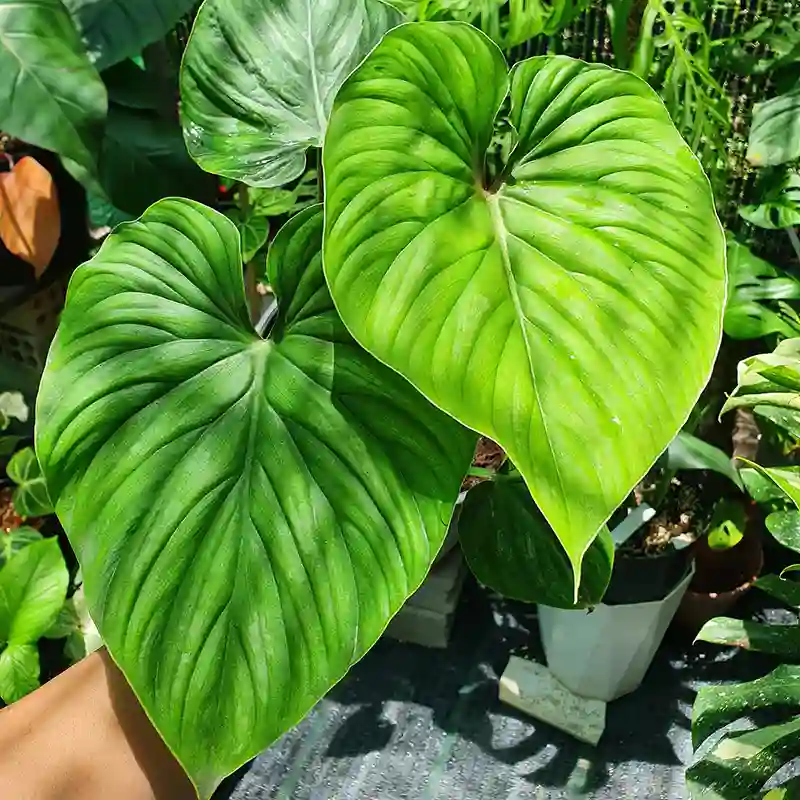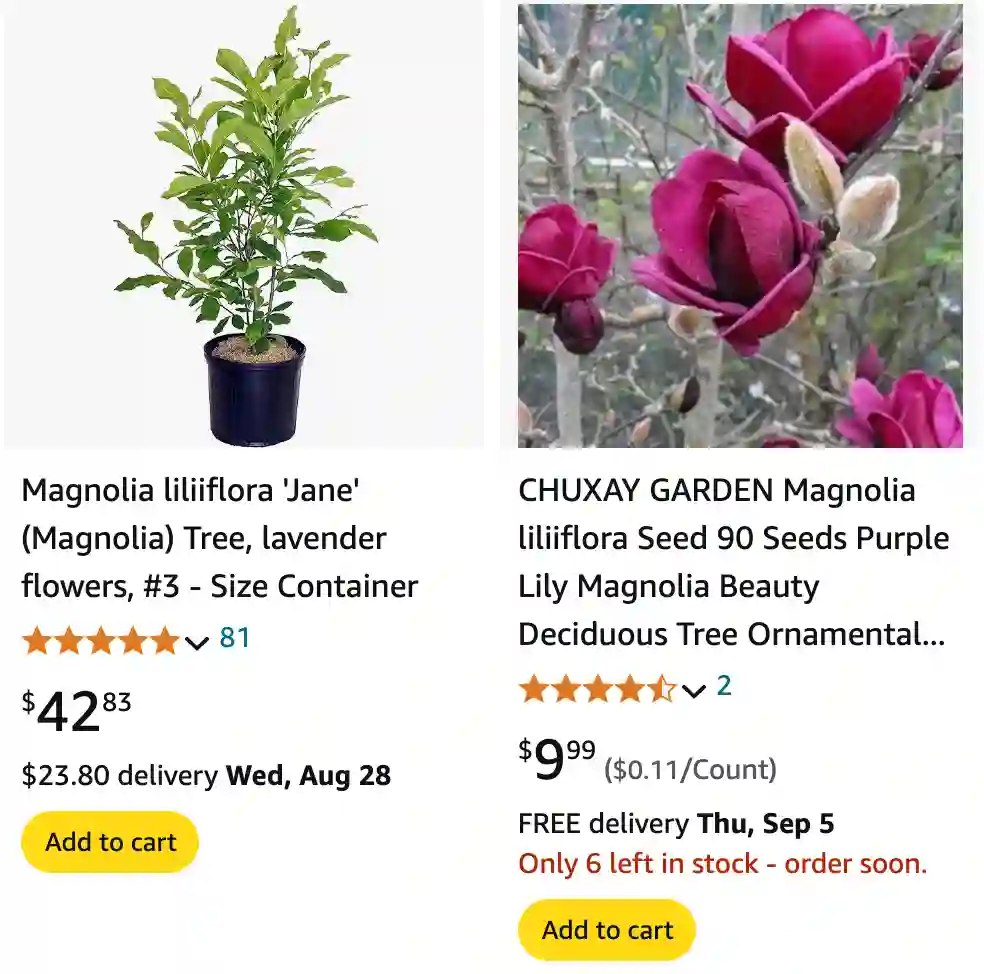
Frequently Asked Questions About Magnolia Liliiflora
Magnolia Liliiflora, commonly known as the Lily Magnolia, is a stunning plant that has captivated my interest with its unique beauty and fascinating characteristics. As a plant enthusiast, I’ve often encountered questions about this lovely shrub. Here’s a comprehensive guide based on my experiences and research to help you understand and care for Magnolia Liliiflora.
371 Species in Genus Magnolia
Where Do Magnolia Liliiflora Grow?
Magnolia Liliiflora thrives in a variety of climates, though it prefers temperate regions. It’s native to China, where it grows in the wild. In the U.S., you’ll often find it in USDA hardiness zones 5 to 9. This plant enjoys well-drained, slightly acidic soil and a sunny to partially shaded location. It’s crucial to plant it in an area where it has enough space to grow, as it can reach a height of 8 to 12 feet with a similar spread.
Where to Buy Magnolia Liliiflora?
If you’re looking to add a Magnolia Liliiflora to your garden, several options are available. Local nurseries and garden centers are great places to start, as they often carry a variety of Magnolia species. Online retailers like Amazon, Etsy, and specialized plant shops also offer Magnolia Liliiflora. When purchasing, look for a reputable seller who provides healthy plants and detailed care instructions.
Does Magnolia Liliiflora Look Like a Bird?
The Magnolia Liliiflora is renowned for its striking flowers, which might remind some people of birds in flight. The blossoms are often compared to birds due to their shape and delicate, fluttering petals. They are typically purple or pink with a slightly lighter hue on the inside. While the resemblance to a bird can be subjective, it certainly adds to the charm and uniqueness of this plant.
Are Magnolia Liliiflora Flowers Edible?
Magnolia Liliiflora flowers are not commonly consumed, and they are not widely recognized as edible. The primary use of these flowers is ornamental. However, some species of Magnolia do have edible parts used in traditional medicine or culinary practices. It’s always best to consult with a knowledgeable source or expert before consuming any part of the plant, as there can be variations in edibility and safety.
How to Plant a Magnolia Liliiflora?
Planting Magnolia Liliiflora is relatively straightforward, provided you follow a few key steps:
- Choose the Right Location: Select a spot with well-drained soil and plenty of sunlight or partial shade.
- Prepare the Soil: Amend the soil with organic matter to ensure it is slightly acidic and well-draining.
- Dig the Hole: Make a hole that is twice as wide as the root ball and as deep as the root ball.
- Place the Plant: Gently place the Magnolia in the hole, making sure the top of the root ball is level with the ground surface.
- Water and Mulch: Water thoroughly and add mulch around the base to retain moisture and regulate temperature.
How to Care for Magnolia Liliiflora?
Caring for Magnolia Liliiflora involves a few essential practices:
- Watering: Keep the soil consistently moist, especially during dry periods, but avoid waterlogging.
- Fertilizing: Use a balanced, slow-release fertilizer in early spring to promote healthy growth.
- Pruning: Prune after flowering to shape the plant and remove any dead or damaged branches.
- Pest and Disease Management: Watch for common pests like aphids and scales, and ensure good air circulation to prevent fungal diseases.
How to Propagate Magnolia Liliiflora?
Propagating Magnolia Liliiflora can be done through several methods:
- Seed Propagation: Collect seeds from mature flowers, stratify them (cold treatment), and then sow them in a seed tray.
- Cuttings: Take semi-hardwood cuttings in late summer, dip them in rooting hormone, and plant them in a pot with a mix of sand and peat.
What to Plant With Magnolia Liliiflora?
Magnolia Liliiflora pairs beautifully with various plants. Consider planting it alongside:
- Hostas: Their foliage contrasts nicely with the Magnolia’s flowers.
- Astilbes: They add a splash of color and thrive in similar conditions.
- Fern Varieties: They provide a lush backdrop and complement the Magnolia’s structure.
Can You Grow Magnolia Liliiflora Indoors?
Growing Magnolia Liliiflora indoors is challenging due to its size and light requirements. It’s better suited for outdoor planting where it has room to grow and thrive. However, dwarf varieties might be grown in large containers if indoor space is available.
Is Magnolia Liliiflora Toxic?
Magnolia Liliiflora is not considered toxic to humans or pets. It’s generally safe to have around children and animals, but as with any plant, it’s best to prevent ingestion of large quantities.
Benefits of Magnolia Liliiflora
The Magnolia Liliiflora offers several benefits:
- Aesthetic Appeal: Its unique flowers and attractive foliage make it a standout in any garden.
- Low Maintenance: It’s relatively easy to care for and adapts well to different soil types.
- Wildlife Attraction: Its flowers can attract pollinators like bees and butterflies.
Common Problems with Magnolia Liliiflora
Some common issues include:
- Leaf Spot Diseases: These can cause discoloration. Ensure good air circulation and avoid overhead watering.
- Pests: Aphids and scales can sometimes infest Magnolia Liliiflora. Regular inspection and treatment can manage these pests.
Comparing Magnolia Liliiflora with Other Magnolias
When comparing Magnolia Liliiflora with other Magnolias, such as Magnolia Stellata or Magnolia Grandiflora, consider:
- Flower Size and Shape: Magnolia Liliiflora has smaller, more delicate flowers compared to the larger blooms of Magnolia Grandiflora.
- Growth Habit: Magnolia Liliiflora tends to be smaller and more shrub-like, while others may grow into larger trees.
Magnolia Liliiflora is a delightful plant that adds charm and elegance to any garden. By understanding its needs and characteristics, you can enjoy its beauty and make the most of its presence in your outdoor space.
If i die, water my plants!
